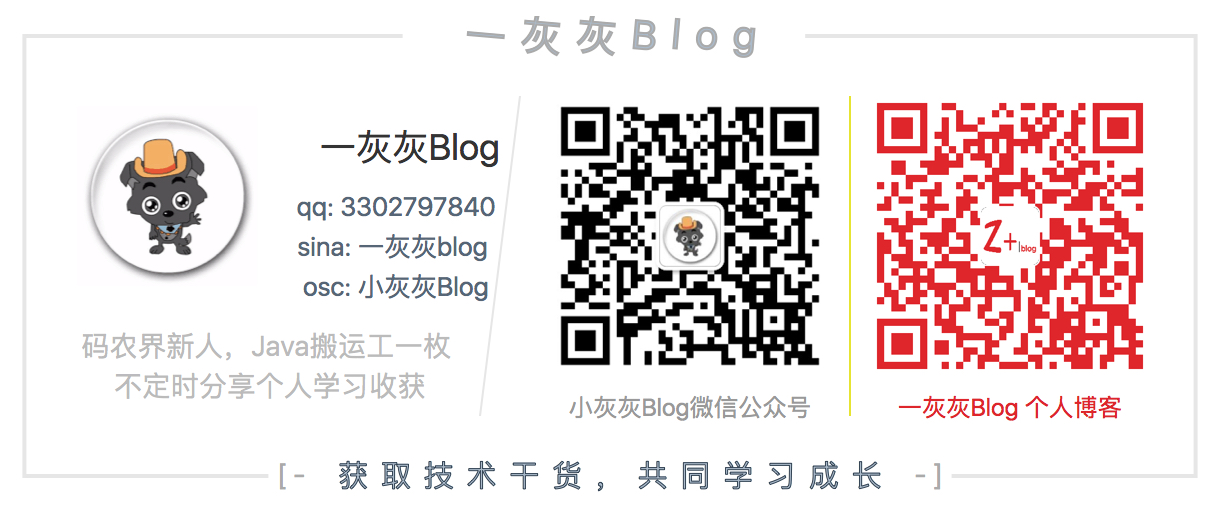上一篇博文介绍了如何使用Freemaker引擎搭建web项目,这一篇我们则看一下另外一个常见的页面渲染引擎Thymeleaf如何搭建一个web项目
推荐结合Freemaker博文一起查看,效果更佳 190816-SpringBoot系列教程web篇之Freemaker环境搭建
I. 准备
Thymeleaf 是现代化服务器端的Java模板引擎,不同与JSP和FreeMarker,Thymeleaf的语法更加接近HTML,关于它的使用说明,可以参考官方文档https://www.thymeleaf.org/documentation.html
1. 依赖 首先我们是需要一个springboot项目,基本的pom结构大都相似
1 2 3 4 5 6 7 8 9 10 11 12 13 14 15 16 17 18 19 20 21 22 23 24 25 26 27 28 29 30 31 32 33 34 <parent > <groupId > org.springframework.boot</groupId > <artifactId > spring-boot-starter-parent</artifactId > <version > 2.0.4.RELEASE</version > <relativePath /> </parent > <properties > <project.build.sourceEncoding > UTF-8</project.build.sourceEncoding > <project.reporting.outputEncoding > UTF-8</project.reporting.outputEncoding > <spring-cloud.version > Finchley.RELEASE</spring-cloud.version > <java.version > 1.8</java.version > </properties > <build > <pluginManagement > <plugins > <plugin > <groupId > org.springframework.boot</groupId > <artifactId > spring-boot-maven-plugin</artifactId > </plugin > </plugins > </pluginManagement > </build > <repositories > <repository > <id > spring-milestones</id > <name > Spring Milestones</name > <url > https://repo.spring.io/milestone</url > <snapshots > <enabled > false</enabled > </snapshots > </repository > </repositories >
在这个项目中,我们主要需要引入两个依赖包,一个web,一个thymeleaf
1 2 3 4 5 6 7 8 9 10 <dependencies > <dependency > <groupId > org.springframework.boot</groupId > <artifactId > spring-boot-starter-web</artifactId > </dependency > <dependency > <groupId > org.springframework.boot</groupId > <artifactId > spring-boot-starter-thymeleaf</artifactId > </dependency > </dependencies >
2. 配置参数 通常我们直接使用默认的thymeleaf参数配置即可,下面给出几个常用的配置
1 2 3 4 5 6 7 spring: thymeleaf: mode: HTML encoding: UTF-8 servlet: content-type: text/html cache: false
thymeleaf的参数,主要对应的是org.springframework.boot.autoconfigure.thymeleaf.ThymeleafProperties
II. 项目搭建演示 1. 项目结构 搭建一个web项目和我们之前的纯后端项目有点不一样,前端资源放在什么地方,依赖文件怎么处理都是有讲究的,下面是一个常规的项目结构
如上图,前端资源文件默认放在resources目录下,下面有两个目录
templates:存放模板文件,可以理解为我们编写的html,注意这个文件名不能有问题static: 存放静态资源文件,如js,css,image等
2. Rest服务 我们这里提供了三个接口,主要是为了演示三种不同的数据绑定方式(和Freemaker这篇博文基本一样)
1 2 3 4 5 6 7 8 9 10 11 12 13 14 15 16 17 18 19 20 21 22 23 24 25 26 27 28 29 30 31 32 @Controller public class IndexController @GetMapping (path = {"" , "/" , "/index" }) public ModelAndView index () Map<String, Object> data = new HashMap<>(2 ); data.put("name" , "YiHui Thymeleaf" ); data.put("now" , LocalDateTime.now().toString()); return new ModelAndView("index" , data); } private static String[] contents = ("绿蚁浮觞香泛泛,黄花共荐芳辰。\n清霜天宇净无尘。\n登高宜有赋,拈笔戏成文。\n可奈园林摇落尽,悲秋意与谁论。\n眼中相识几番新。\n龙山高会处,落帽定何人。" ).split("\n" ); private static Random random = new Random(); @GetMapping (path = "show1" ) public String showOne (Model model) model.addAttribute("title" , "临江仙" ); model.addAttribute("content" , contents[random.nextInt(6 )]); return "show1" ; } @GetMapping (path = "show2" ) public String showTow (Map<String, Object> data) data.put("name" , "Show2---->" ); data.put("now" , LocalDateTime.now().toString()); return "show2" ; } }
上面的三种case中
第一个是最好理解的,在创建ModelAndView时,传入viewName和数据
第二个是通过接口参数Model,设置传递给view的数据
第三种则直接使用Map来传递数据
三个接口,对应的三个html文件,如下
index.html
1 2 3 4 5 6 7 8 9 10 11 12 13 14 15 16 17 18 19 20 21 22 23 24 25 <!DOCTYPE html> <html xmlns:th ="http://www.thymeleaf.org" > <head > <meta charset ="UTF-8" > <meta name ="viewport" content ="width=device-width, initial-scale=1" > <meta name ="description" content ="SpringBoot thymeleaf" /> <meta name ="author" content ="YiHui" /> <meta name ="viewport" content ="width=device-width, initial-scale=1.0" /> <title > YiHui's SpringBoot Demo</title > <link rel ="stylesheet" href ="index.css" /> </head > <body > <div > <div class ="title" > hello world!</div > <br /> <div class ="content" th:text ="'欢迎访问' + ${name}" > 默认的内容</div > <br /> <div class ="sign" th:text ="'当前时间' + ${now}" > 默认的签名</div > <br /> <a href ="show1" > 传参2测试</a > <a href ="show2" > 传参3测试</a > </div > </body > </html >
show1.html
1 2 3 4 5 6 7 8 9 10 11 12 13 14 15 16 17 18 19 <!DOCTYPE html> <html xmlns:th ="http://www.thymeleaf.org" > <head > <meta charset ="UTF-8" > <meta name ="viewport" content ="width=device-width, initial-scale=1" > <meta name ="description" content ="SpringBoot thymeleaf" /> <meta name ="author" content ="YiHui" /> <meta name ="viewport" content ="width=device-width, initial-scale=1.0" /> <title > YiHui's SpringBoot Demo</title > <link rel ="stylesheet" href ="index.css" /> </head > <body > <div > <div class ="title" th:text ="${title}" > 标题!</div > <div class ="content" th:text ="${content}" > 内容</div > </div > </body > </html >
show2.html
1 2 3 4 5 6 7 8 9 10 11 12 13 14 15 16 17 18 19 <!DOCTYPE html> <html xmlns:th ="http://www.thymeleaf.org" > <head > <meta charset ="UTF-8" > <meta name ="viewport" content ="width=device-width, initial-scale=1" > <meta name ="description" content ="SpringBoot thymeleaf" /> <meta name ="author" content ="YiHui" /> <meta name ="viewport" content ="width=device-width, initial-scale=1.0" /> <title > YiHui's SpringBoot Demo</title > <link rel ="stylesheet" href ="index.css" /> </head > <body > <div > <div class ="title" th:text ="${name}" > 标题!</div > <div class ="content" th:text ="${now}" > 内容</div > </div > </body > </html >
在上面的模板文件中,需要注意引用css样式文件,路径前面并没有static,我们对应的css文件
index.css
1 2 3 4 5 6 7 8 9 10 11 12 13 14 15 16 .title { color: #c00; font-weight: normal; font-size: 2em; } .content { color: darkblue; font-size: 1.2em; } .sign { color: lightgray; font-size: 0.8em; font-style: italic; }
3. 演示 启动项目后,可以看到三个页面的切换,模板中的数据根据后端的返回替换,特别是主页的时间,每次刷新都会随之改变
II. 其他 0. 项目
1. 一灰灰Blog 尽信书则不如,以上内容,纯属一家之言,因个人能力有限,难免有疏漏和错误之处,如发现bug或者有更好的建议,欢迎批评指正,不吝感激
下面一灰灰的个人博客,记录所有学习和工作中的博文,欢迎大家前去逛逛
打赏
如果觉得我的文章对您有帮助,请随意打赏。
微信打赏
支付宝打赏





